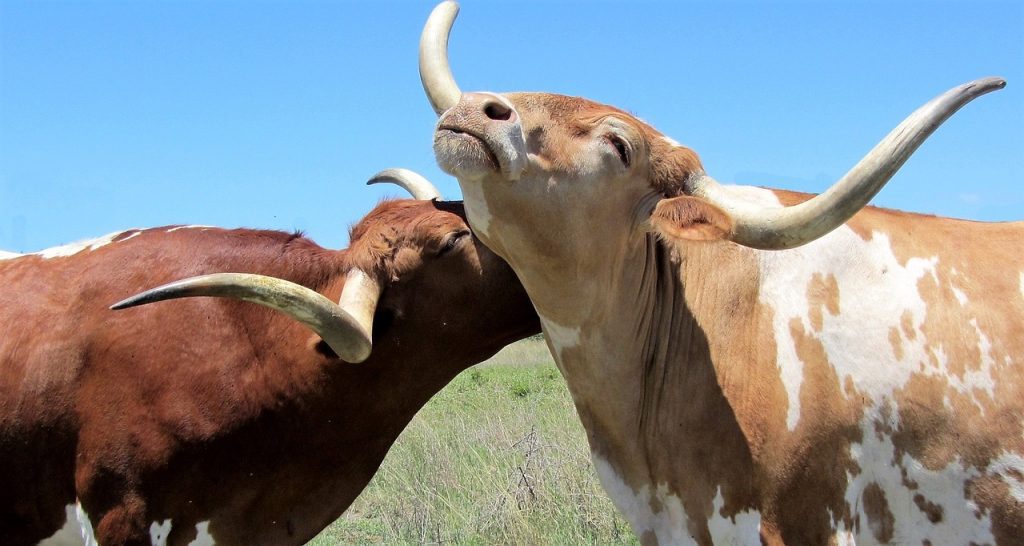The market for heritage and heirloom livestock breeds has grown rapidly in recent years, driven by increasing consumer demand for niche and specialty products. As interest in these traditional breeds continues to expand, small sustainable farms are looking to heritage animals as a way to diversify their offerings and practices. Raising heritage breeds using regenerative methods allows small producers to tap into premium markets while preserving genetic diversity and farming in an ethical, eco-friendly manner.
The Comeback of Heritage Breeds
Heritage breeds are genetic lines of livestock that were developed over long periods of time, prior to industrialized agriculture and breed standardization. They have unique traits adapted to the local environments in which they originated. Examples of heritage breeds seeing renewed popularity include Red Poll cattle, American Mulefoot hogs, and Cotswold sheep.
Heirloom breeds are heritage animals that originated in a specific locality over several decades or more. They are uniquely adapted to the conditions in that particular region. The Pineywoods cattle breed that developed in the pine forests of the southeastern U.S. is one example.
Both types of traditional breeds fell out of favor during the 20th century rise of factory farming. But consumer interest in diverse and specialty food products is creating new opportunities for farmers to raise heritage livestock.
Key Practices for Sustainability
Raising heritage breeds in a sustainable manner requires utilizing practices that protect animal welfare, conserve rare genetics, and regenerate the environment. Key principles include:
- Pasture-based grazing systems that allow animals to express natural behaviors and prevent overgrazing through rotational grazing techniques.
- Providing ample space, engaging natural behaviors, and avoiding unnecessary use of antibiotics or hormones in order to maintain health and wellbeing.
- Integrating heritage livestock with crop rotations and diversified farm ecosystems. Animal manure can naturally fertilize soils and diverse rotations help suppress weeds and pests.
- Utilizing heritage breeds to regenerate landscapes, increase biodiversity, improve soil health, and sequester carbon through holistic grazing.
- Careful, documented breeding to maintain bloodlines and preserve rare genetic traits in endangered heritage breeds.
The Market Potential
When raised on well-managed, sustainable farms, heritage breeds can produce premium meat, dairy, and other products that command higher prices than conventional livestock. Their niche marketing often emphasizes traditional techniques, animal welfare, regenerative agriculture practices, and the unique taste profiles their genetics confer.

Heritage breeds also provide nutritional benefits beyond standard commercial livestock. Pasture-raised meat and dairy tends to have higher levels of beneficial omega-3 fatty acids. Ultimately, conserving heritage genetics also protects biodiversity and food security for the future.
Conclusion
The growing market for heritage animal breeds provides an impactful opportunity to preserve rare livestock genetics while operating ethically and regeneratively. As consumer demand increases, sustainable farms can raise these special breeds in a way that is beneficial for animals, the environment, and farming communities. By tapping into premium markets for niche products, small producers are finding heritage livestock to be a profitable piece of the expanding regenerative agriculture movement.